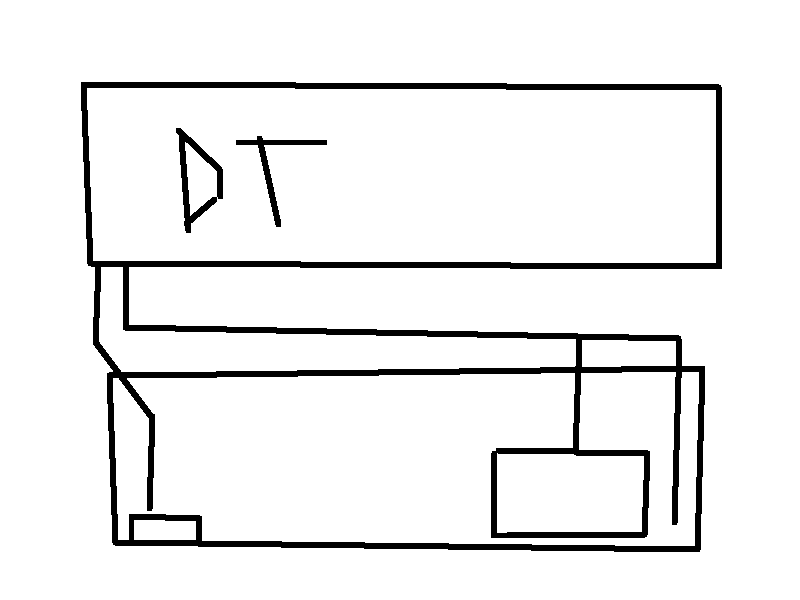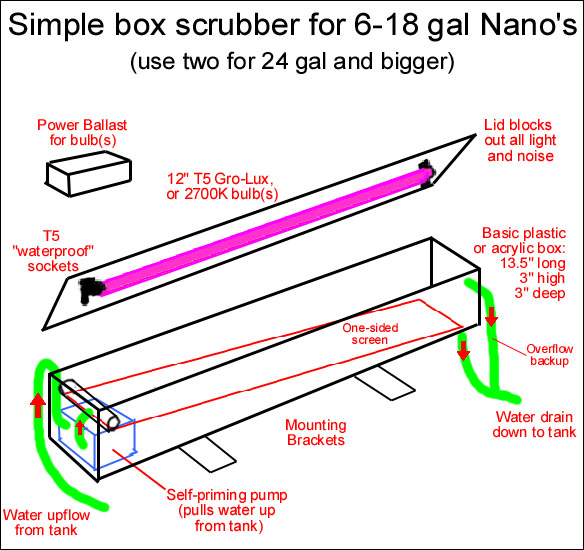Part 7 of 7:
"The Food of Reefs, Part 7: Dissolved Nutrients" by Eric Borneman
"Mucus consists of mainly sugars and glycoproteins - soluble materials in and of themselves. However, the formation of mucus, and its release in a matrix of chains of these materials, may result in a particulate material. This material is both utilized directly by many organisms, and also forms the basis for a predominant fraction of the particulate "marine snow" on reefs.
"In fact, reef waters are 30-40% higher in DOM [disolved organic matter] than oceanic waters.
"In terms of determining the degree to which organisms may use dissolved material as significant source of nutrition, one may examine the surface area of the outer cell membranes exposed to such materials. In general, the larger the absorptive area, the more likely organisms are to depend on absorption. Some cell surfaces are covered with many finger-like processes called microvilli that greatly increase the surface area of the membrane. Furthermore, the presence of cilia is often a good indicator of absorptive surfaces. Perhaps not surprisingly, corals have extensive microvilli and cilia.
"Corals are able to take up various forms of both organic and inorganic dissolved nitrogen.
"Even slightly elevated nitrogen levels can quickly result in rapid increases in the density of zooxanthellae, as they use it to fuel their own reproduction" [and thus turn the coral brown]
"It is also somewhat equivocal that corals are able to utilize nitrate (which exists nearly totally in its ionic state at physiological pH) at all, and an inability to find nitrate reductase in many studies, makes the ultimate importance of this dissolved nitrogen source to corals (and anemones) rather tenuous. However, it is unambiguously true that ammonium is a sought-after nitrogen source by both coral host and algal partner.
"Humic (refractory) compounds: These yellowing compounds are typically found at relatively high levels in aquaria, and they are removed with protein skimming and activated carbon. Humic materials have been thought to be relatively inert and unavailable for use as a nutrient source. However, studies have shown that organisms from bacteria to brine shrimp (Artemia salina) can utilize humic substances as a source of nutrients.
"In terms of corals reefs, the amounts of most dissolved nutrients, except carbon in most cases, are very low.
"The higher nutrient levels may cause corals and other symbiotic partnerships to decline as the partner algae preferentially utilize the increased nutrient sources to the expense of the host. [and thus browning of the coral occurs]
"Without question, corals and many reef organisms are able to utilize dissolved nutrients to help meet their energy requirements and to use in tissue growth.





